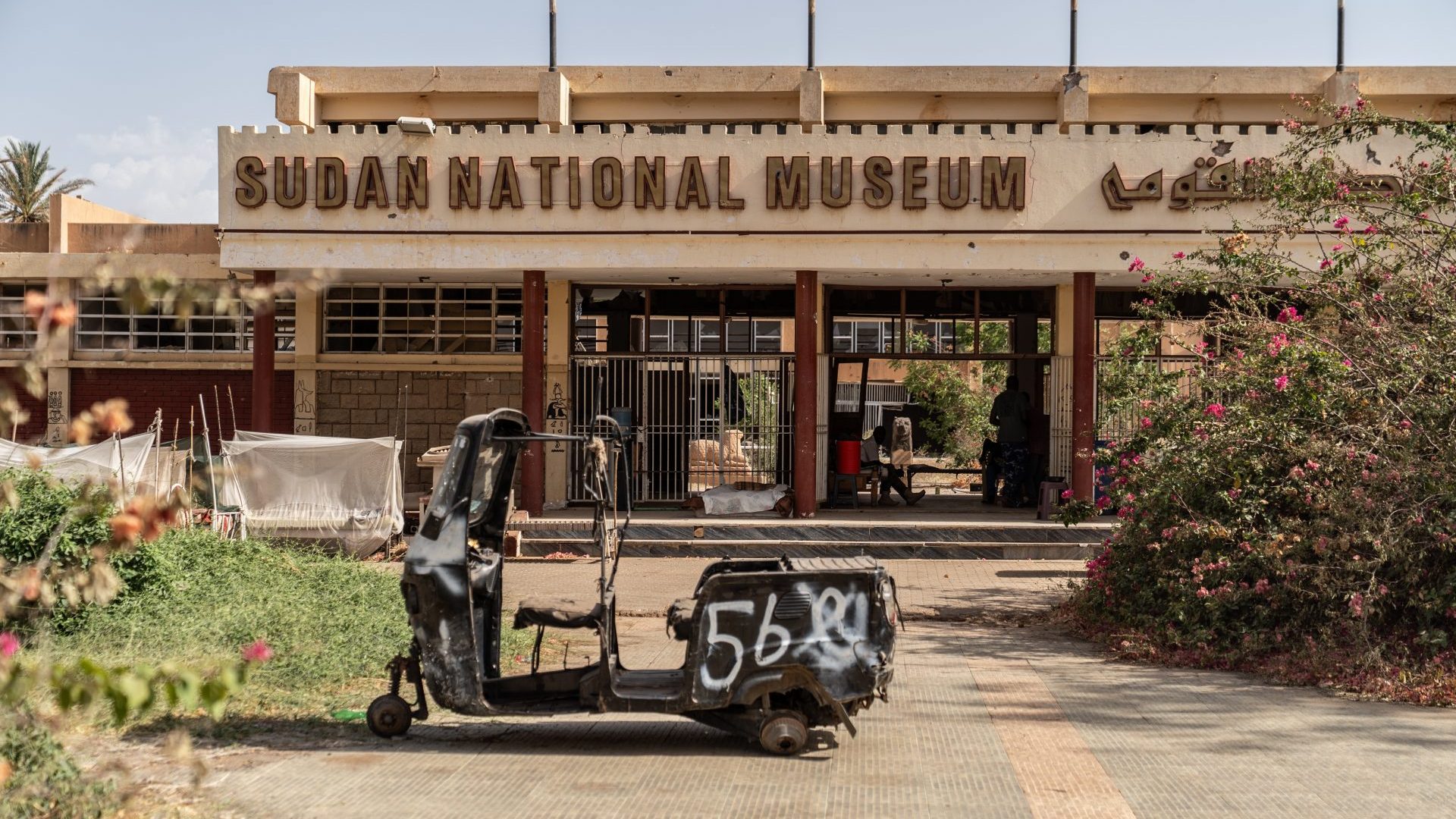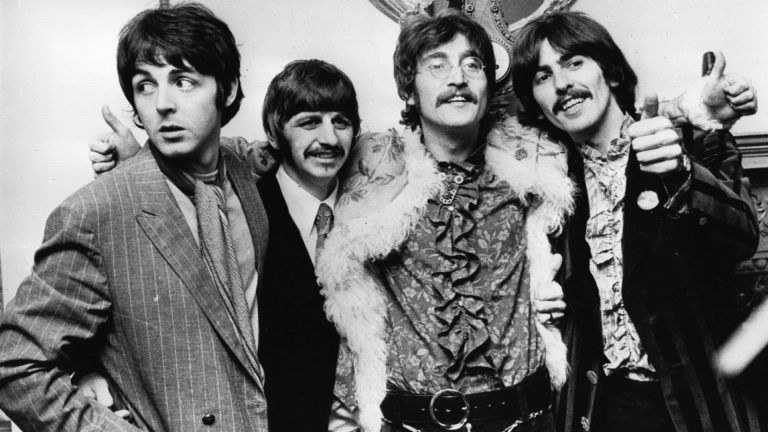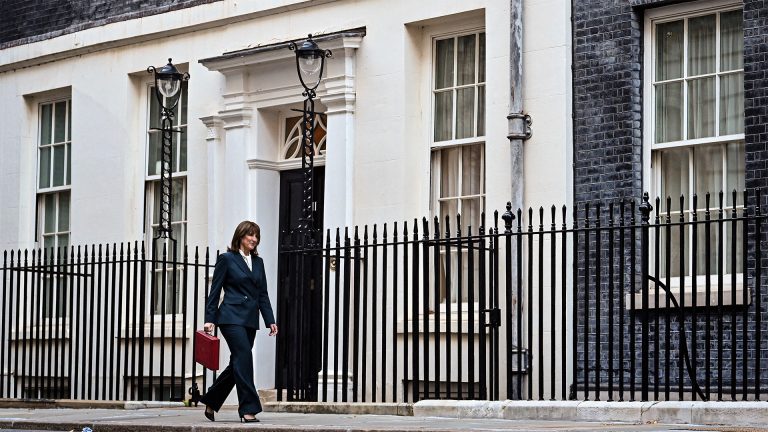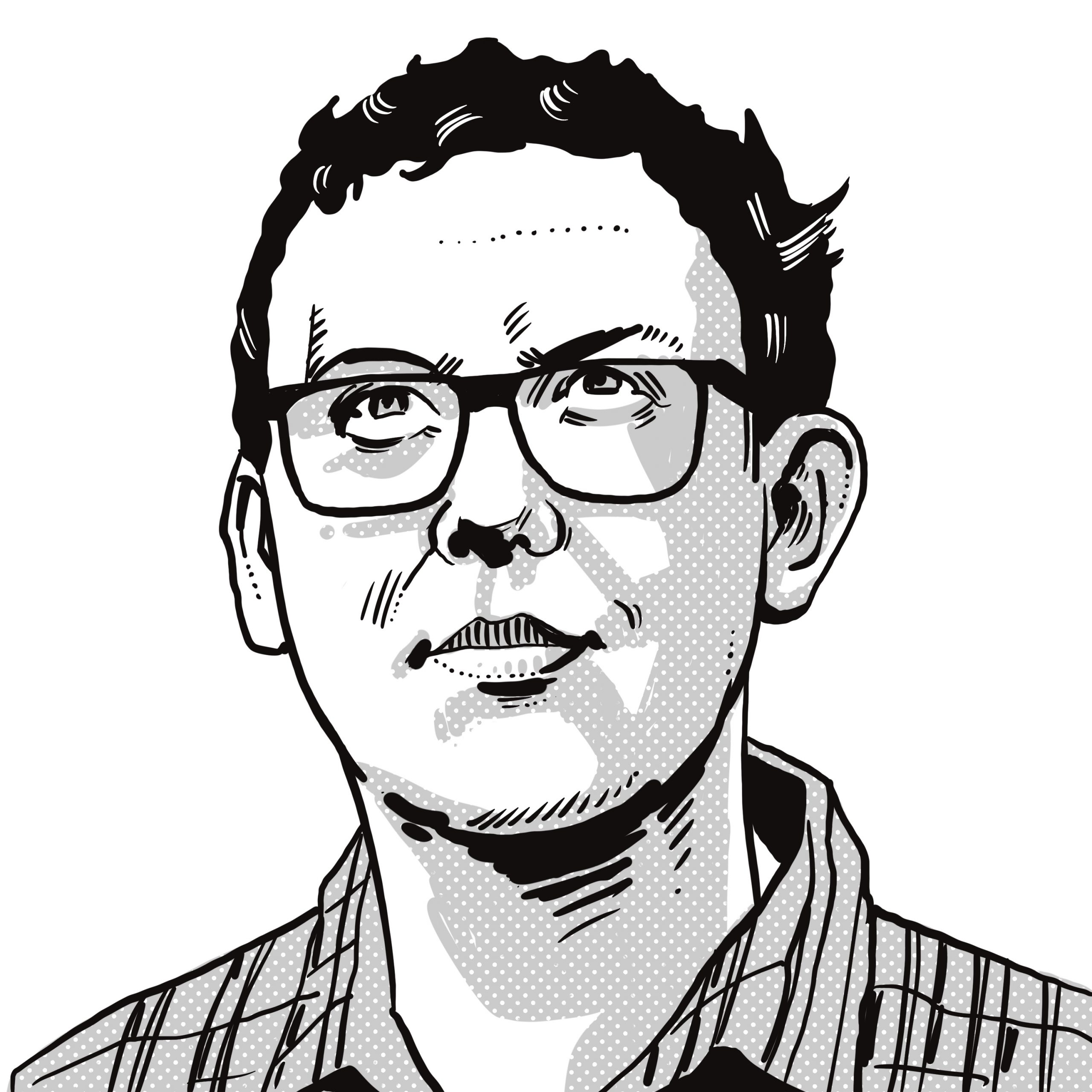It was the guardian of half a million artefacts spanning millennia, home to colossal stone effigies of some of Sudan’s greatest rulers. It is a patrimony in funereal gold – entire temple structures, which were saved from flooding as the River Nile was dammed in the 1960s.
Now, the Sudanese National museum, symbol of the nation’s evolving history and ancient culture, lies in ruins, ravaged by bullets, looting and the mindless fury of the rogue paramilitary Rapid Support Forces (RSF).
“They even shot the mummies,” said Rihab Khider, the museum archaeologist, as we walked carefully through broken glass and debris strewn through the vast, empty ground floor.
“Just before the war, the museum was being renovated and the entire collection was packed into boxes and packed away. That sounds good, yes? No. The looters found everything ready to take. Thousands of objects, human remains and funeral pyres, the whole archaeological gold collection has gone.”
The RSF used the Museum and its grounds and even a garden fountain as a barracks for close to two years, even sleeping among the stone ruins of the 25th dynasty New Kingdom temple, rebuilt on site. The 25th Dynasty reunified Lower Egypt, Upper Egypt, and the Kingdom of Kush to create the largest Egyptian empire since the New Kingdom.
Now, there are bullet holes around two colossal statues of kings that appear to have been used for target practice. The RSF are reported to have taken video of the destruction of the museum, which has been uploaded onto social media.
Ms Khider said the museum documented a vast array of human civilisation, from the Stone Age to the Funj Sultanate of Sennar that spanned the 16th to the 19th centuries. Sudan’s long history was told through the stories and art of its kings and religions. One floor spans prehistory to the 5th Century AD and the floor above is home to Christian and medieval antiquities. This includes Kushite statues, Meröan inscriptions, frescoes and vast, mysterious inscribed stone tablets.
Suggested Reading

Britain’s quiet role in a Sudan massacre
The structure of the building itself has been badly damaged: scaffolding holds up the ground floor ceiling and, as we went through, they were still sweeping up enormous piles of the glass facade. There were spent casings everywhere. A missile struck at least one storage facility, damaging both the building and the artefacts it contained.
“We even tried to make contact with RSF in the beginning,” Khider said, visibly moved.
“After the liberation of the city in May, we began to work on seeing what was left and we even found pieces scattered in the gardens and even on the roads. It is difficult to say how much is lost and stolen or taken and sold – we are still evaluating.”
Museum specialists are now working with Unesco and the Italian agency for Development Cooperation to rehabilitate the museum. Specialists from 40 museums are helping, including a team from the British museum.
The museum’s authorities have urged the international community not to trade or deal in Sudanese artefacts and to contact officials if any material or information about the museum’s collection emerges.

“The RSF do not just want to kill the Sudanese people, they want to erase our culture too. This is the definition of genocide,” Khalid Ismail Ahmed Ali El-Aisir, the culture minister, told The Australian. “They planned to create a new Sudan from those coming from over the border.”
“They have destroyed not only our museum but also our media, our broadcast infrastructure, our TV and radio. We are a diverse multicultural society – 230 tribes or groups. We want and need to protect this. We need media and cultural institutions to fight bad ideas to fight this hate and these divisions.”
The entire archive of film, audio and news reports documenting Sudan’s history since gaining independence in 1956 has also been destroyed. Luckily, a vast underground storeroom filled with canisters somehow escaped destruction.
“We need the international community to help us rebuild and rehabilitate the museum,” said Khider.
Walking through what remains of the gardens we come to a wall of spectacular hieroglyphics and carvings, its centre has been blasted with bullets and is crumbling. Still, the colours of the ancient paint remain in some areas, as if in defiance of the madness of the living world.









